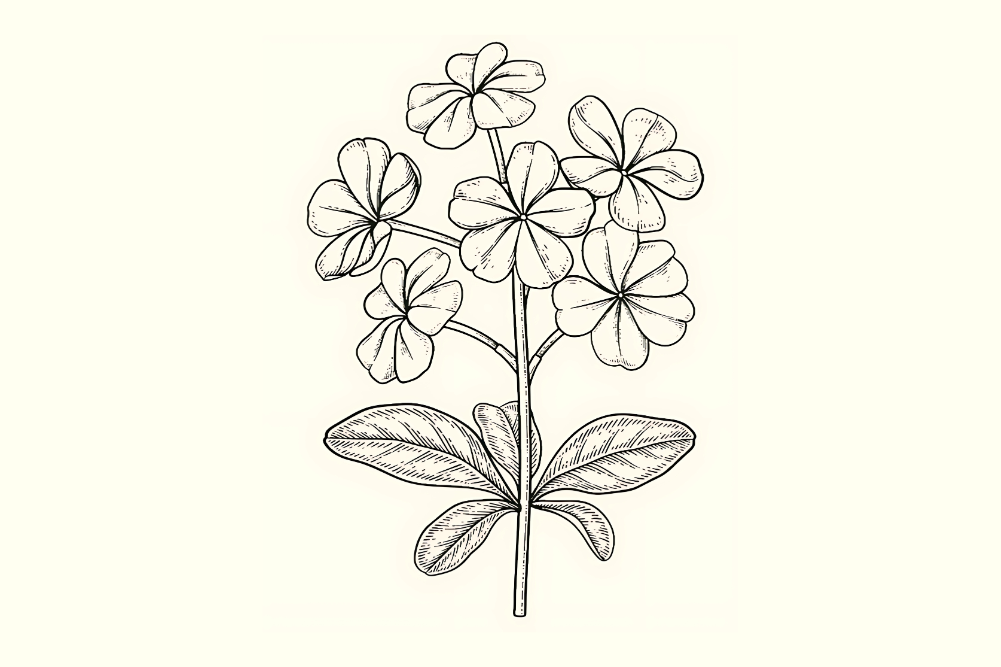How to give support after large-scale disasters
With any natural large-scale catastrophic disasters, such as the Nepal Earthquake of 25 April, people want to immediately give support. Giving support means what? And what is most effective at this time?
In the first weeks and months of a large-scale disaster, give cash. Even though there is a lack of clean drinking water, food, clothing, housing, medical supplies, and so on, giving pre-packed food and bottled water is not the most appropriate for the general public (living at a distance from the affected area) to give.
In regions prone to such disasters, many aid organizations are already there – working from the capital city with links to remote regions, if they can get there. They know the area and they know the people and they have links with the national government and local municipalities. They know where the gaps in support are needed. The public generally thinks of health, food, water, and sanitation first, but there are many sectors and many elements that contribute to disaster relief (in the post-disaster context) – and aid organizations can diversify the funding. This includes search and rescue, finding family members, photo recording, emergency housing, trauma counseling, communication repairs, transport, and logistics etc. Therefore cash is best given to large, well-known organizations. Cash has flexibility.
In the first weeks and months of a large-scale disaster, give cash.
Yesterday I provided a link to a list of organizations for the Nepal Earthquake appeal. But there were many organizations, so which organization should you support? It’s competitive, because they all want and need cash. The more direct the line of support, the more likely the funding will go where it is needed.
It’s a personal choice, but think about giving support to: (1) a known registered organization that you might be familiar with, (2) an organization already in the country with a long relationship with the citizens, (3) a sector you might be passionate about, (4) a group you might wish to support (such as children, or animals, or elderly, or disadvantaged, or deaf citizens, etc.), (5) an organization that works with immediate emergency care, or (6) one that supports the recovery process and rehabilitation of structures or government services.
There are also organizations that provide support to rehabilitate spiritual icons and cultural heritage structures – after the immediate relief – that are critically important for people’s hope, wellbeing and national or community identity.








